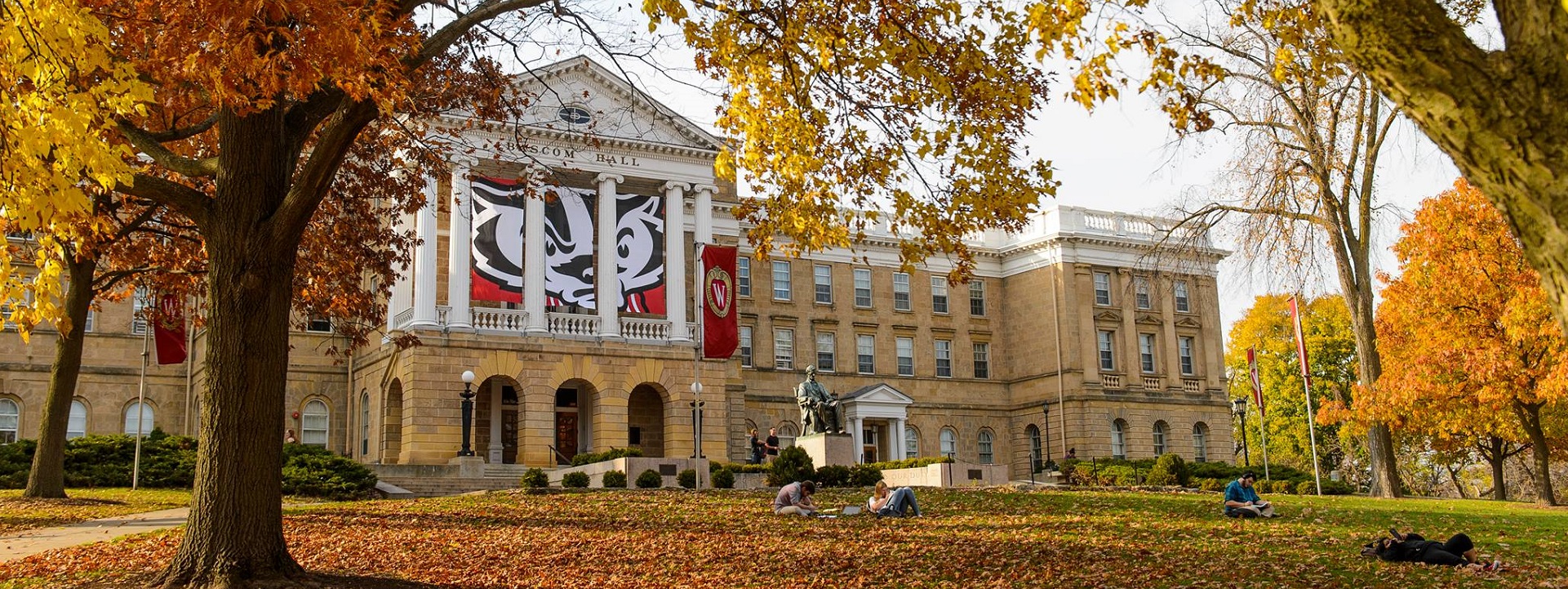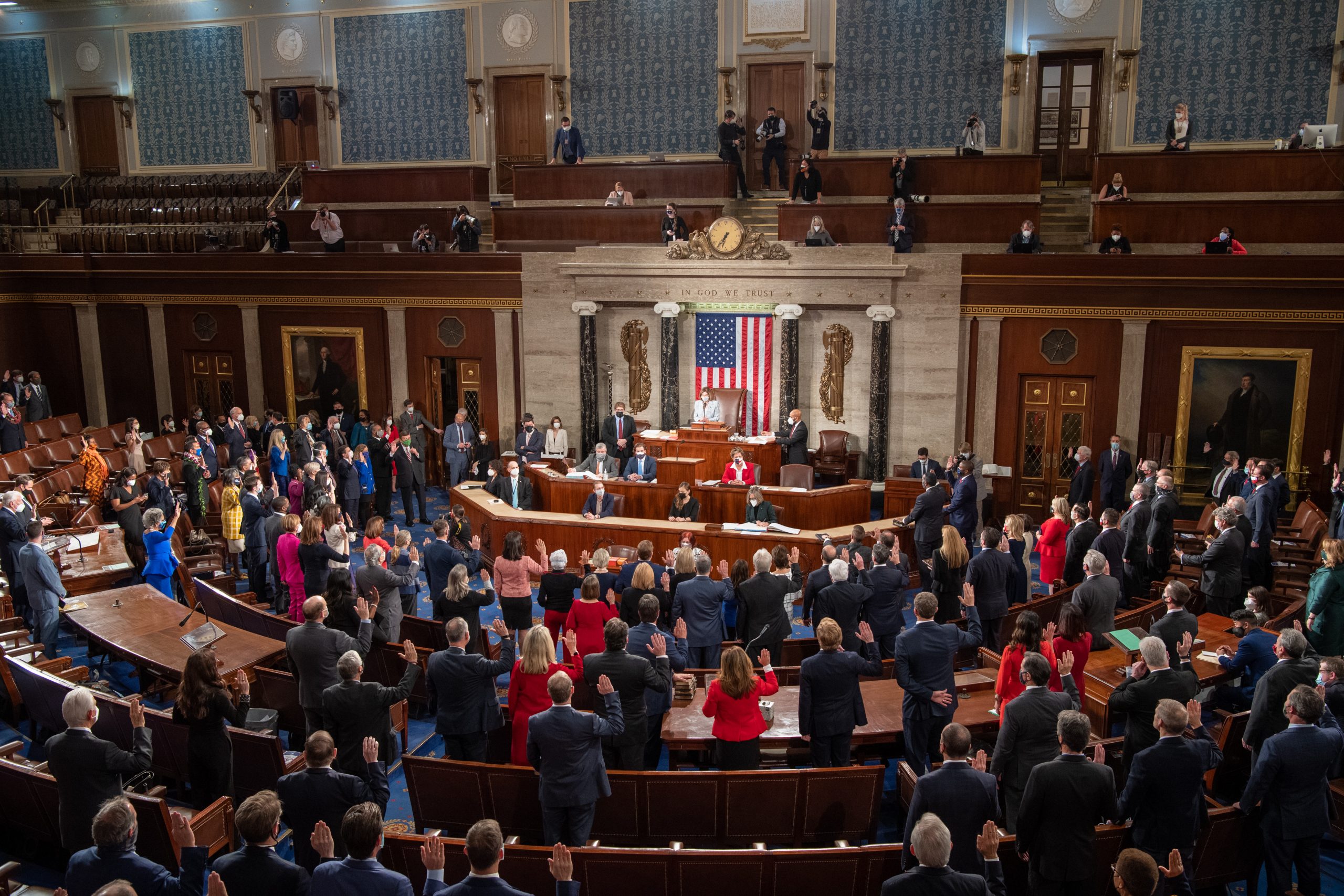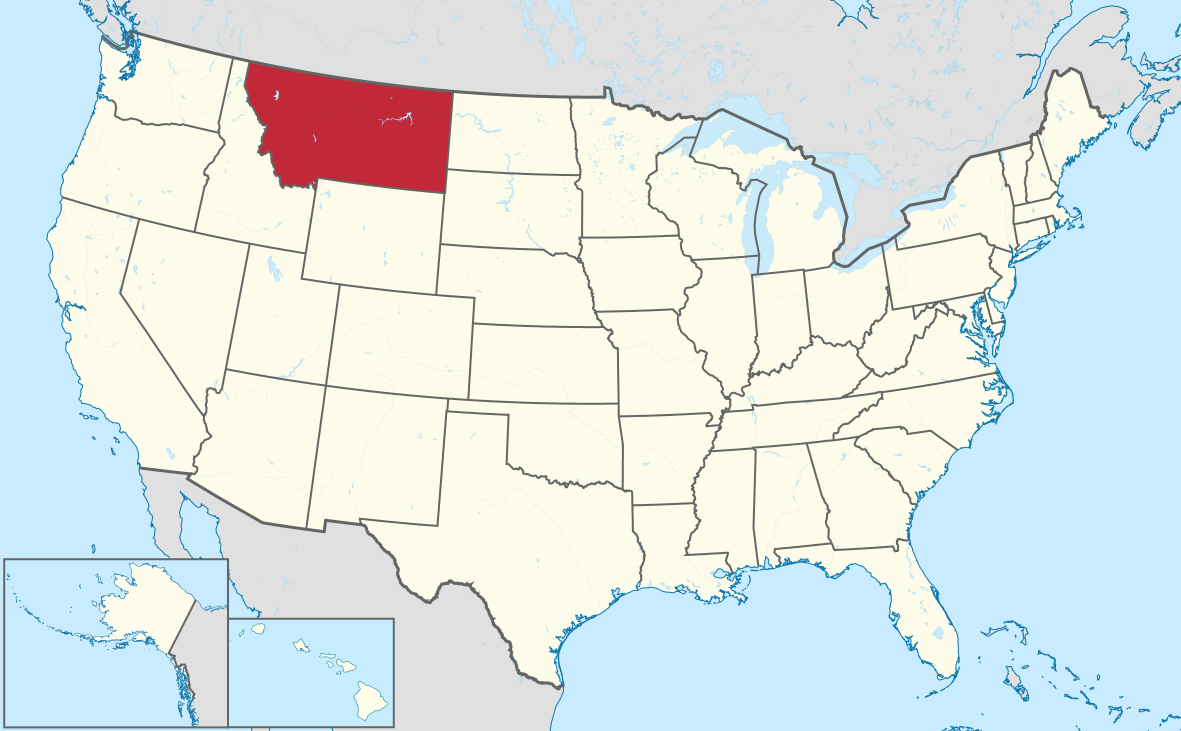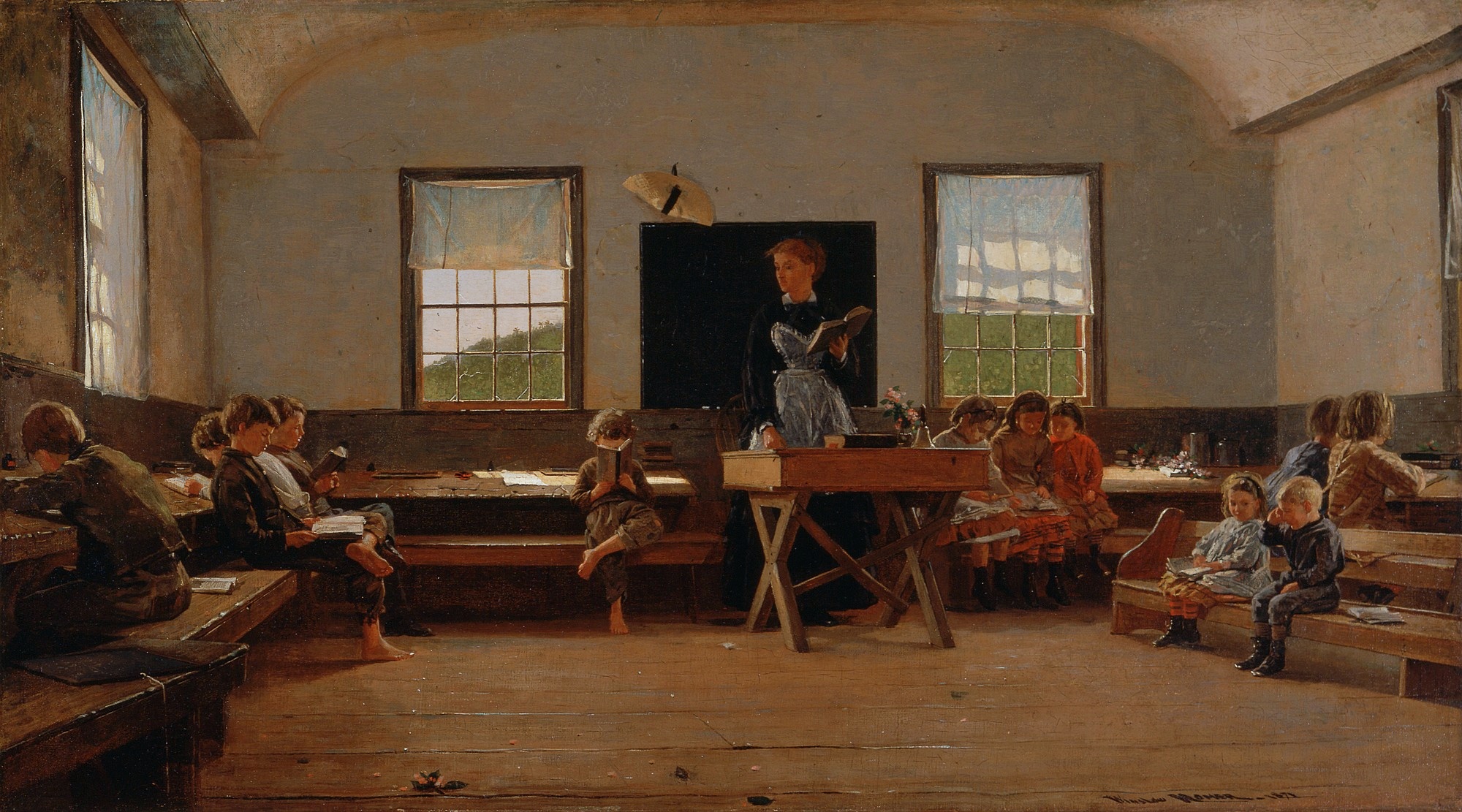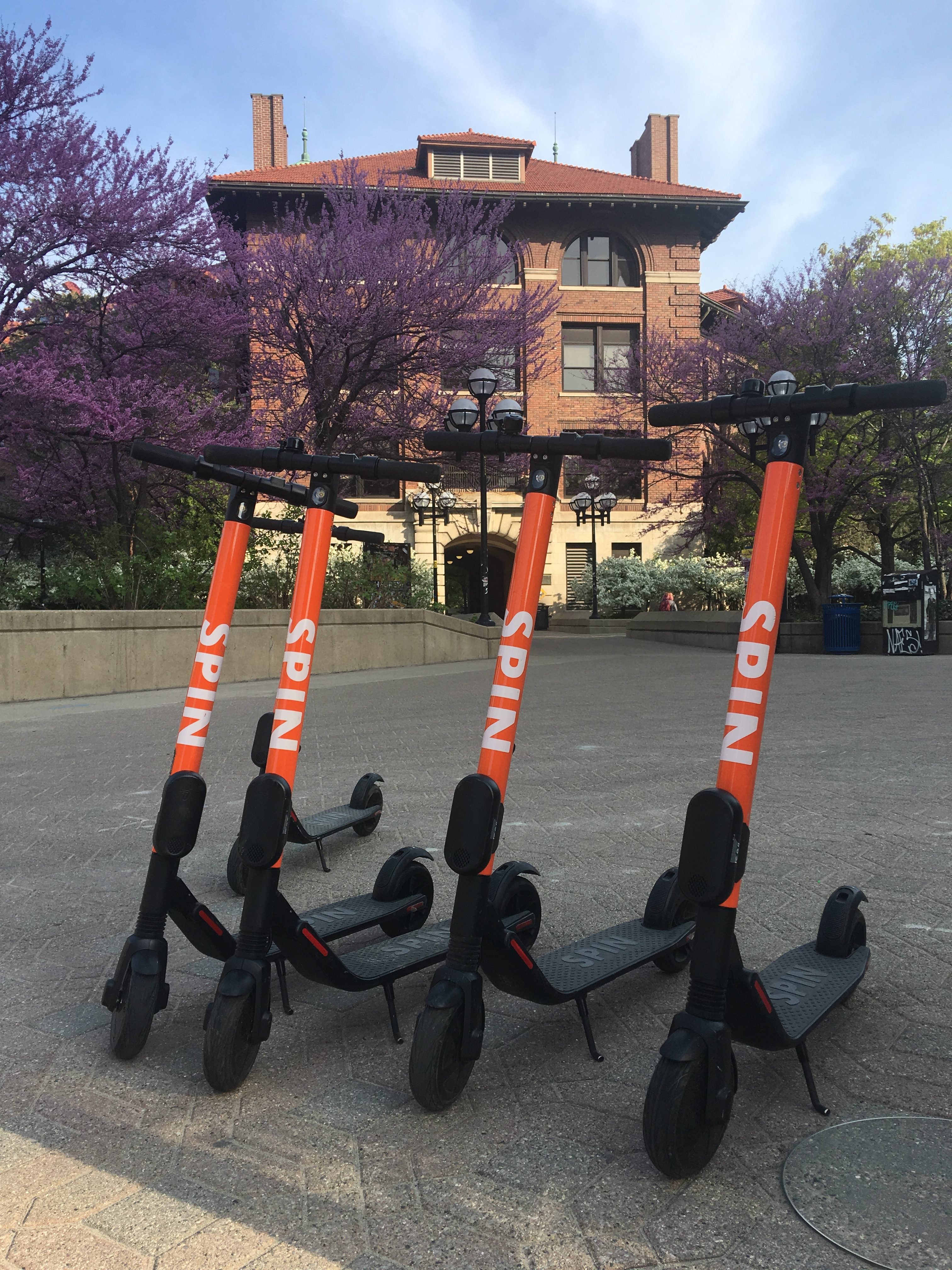“But the Wisconsin tradition meant more than a simple belief in the people. It also meant a faith in the application of intelligence and reason to the problems of society. It meant a deep conviction that the role of government was not to stumble along like a drunkard in the dark, but to light its way by the best torches of knowledge and understanding it could find.”
— Adlai Stevenson
As we explain in our ABOUT we continue development of the cadre of “code writers and vote-getters” begun at the University of Michigan in 1993. Code writers and vote getters are the true expert witnesses to the social negotiation of technical change. They are leaders in the reconciliation of the competing requirements of safety and economy in the largest non-residential building construction market in the United States.
Please send bella@standardsmichigan.com a request to join one of our mailing lists appropriate to your interest for #WiseCampus standards action in the State of Wisconsin.
More
US Census Bureau American Community Interactive Data Map
US Congressional Districts Map
Teacher & Licensing Requirements by State
College Town Counties
Lorem ipsum
Finance
Electronic Municipal Market Access / Wisconsin
Food
Safety
Energy
Public Service Commission of Wisconsin
Information & Communication
College radio stations in Wisconsin
Arts











